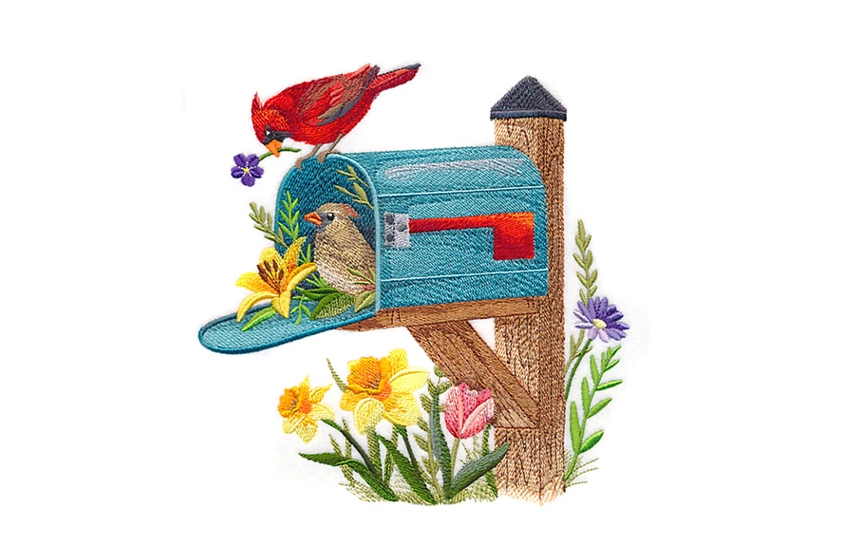Designer handbags are all the rage right now, with the styles changing quickly from season to season. They're sold for astronomical prices -- who can afford to stay current with the cutting edge carryalls?
A friend of mine recently told me about a trend in which high-end clutches and bags are actually rented from week to week! Luckily for those with a passion for fashion, faux leather has made a big comeback. That means that staying current with trends can be absolutely affordable.

While real leather lasts for decades, it has a hefty price tag, and can be difficult to clean and maintain.
Faux leather, costs about a third of true leather. It comes in a wider variety of colors and sheens, it's more versatile, and it's easier for cleaning and care. The fact that it's animal-friendly has appeal, too.
The category of faux leather encompasses a variety of fabrics including artificial leather, Koskin, leatherette, and pleather.
Artificial leather, or American leather cloth, was developed from calico and linseed oil, mixed with a dryer or pigment, and pressed into a smooth, leather-like surface. The man-made material is wonderful for upholstery as it can be manufactured in large quantities.
Koskin, a Swedish word for "cow's skin," is another faux leather that looks and feels like real leather. It is commonly used for consumer goods such as CD wallets and laptop cases.
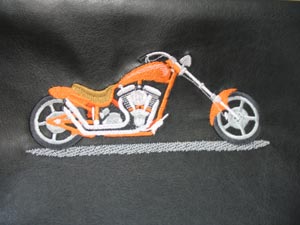
Leatherette is a natural or synthetic fabric base covered with a plastic or soft PVC layer. While it is easy to care for (it doesn't fade or crack), leatherette isn't porous . That means it doesn't breathe, so your skin won't either. If this material is used for clothing or car seats, you'll sweat. It's most often used for bound books and actually was used quite often in the construction of 20th century cameras.
The most commonly used and easily found faux leather is called Pleather. The word is actually a combination of the words 'leather' and 'plastic.'
Pleather got off to a rocky start. Created in the 1970's, the plastic leather was often looked down upon in a derogatory manner, as it suggested the wearer couldn't afford the more luxurious, real version. But, the light weight, breathable material persevered for a variety of reasons.
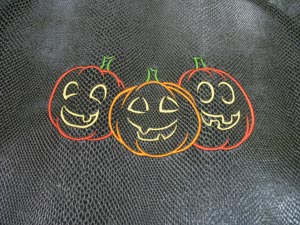
As manufacturing techniques became more advanced, pleather actually started to look more and more like real leather. By the 1980s, pleather no longer resembled the squeaky fakes of the previous decade. It was less expensive and showed support for animal rights.
From a fashion perspective, pleather comes in unlimited colors, weights, and textures. It also has a touch of elasticity that makes it comfortable, versatile, and stylish for all sorts of garments.
Not all pleathers are created equally. While PVC was often a component of pleather in the past, use has dwindled for two main reasons. First, it doesn't breathe; second, if it's dry-cleaned, it becomes unbearably stiff. Today, it is more common for pleather to be a blend of cotton and polyurethane, giving it air flow and the option for dry-cleaning.
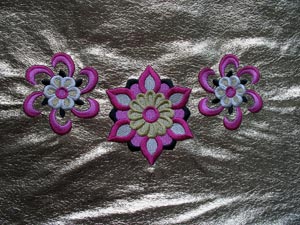
Since pleather looks so closely like real leather these days, there are a couple of tips you can employ to tell the difference when you're at the fabric store (as if the price wouldn't be the first clue!). First, check if the material contains any elasticity. If it stretches, then it's pleather. Leather has no give to it.
Secondly, check the back of the fabric in question. Pleather often has a thin, fleece-like backing, while leather has a thick, suede-like backing.
Gucci, Prada, and Moschino have started using pleather in their fashions, so the word no longer conjures up images of cheap and tacky textures. Instead, think chic, fashion-forward garments, including trendy tops, flattering skirts, form-fitted jackets, fantastic shoes, and fabulous handbags. Better yet, the multi-faceted fabric has not been saddled with a young age range. It can be flattering and tasteful on people of all ages and sizes.
Besides clothing, the synthetic fabric is now also used for car seat covers, door panels, floorings, roofing, scooter seats, luggage, diary covers, belts, and home decor.
I searched my local fabric stores for faux leather and found Jo Ann Fabrics to be my best resource. They only carried pleather, but what an excellent selection of colors and textures they had! I chose four diverse looks: soft black, shiny red, snakeskin black, and textured, metallic gold. The woman in line behind me at the cutting station, after curiously eyeing my selections, wanted to know what I was planning on making. The best place for ideas is the Stitchers Showcase, of course, but the next-best place for inspiration is definitely in the fabric cutting station line at Jo Ann's.
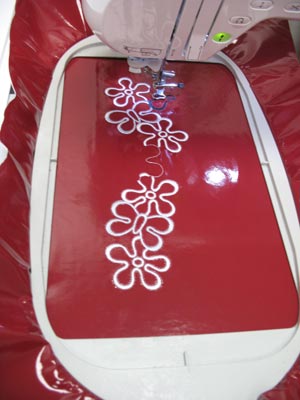
I found I could use the same techniques, stabilizer, and needle for all four types.
Pleather is a strong fabric that will support almost any weight or complexity of design. However, it is necessary to take into account draping. The higher the complexity of the design, the less graceful the draping of the fabric may become.
Once you have chosen your design, I would recommend using a 75/11 sharp sewing needle for embroidering. Steer clear of ballpoint needles that will puncture the material and leave visible holes.
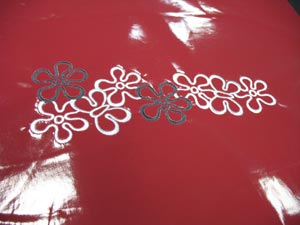
For stabilizer, I used medium-weight (2 oz.) cutaway stabilizer, that I adhered to the pleather with a light mist of KK100 spray adhesive. Then, hoop the fabric and stabilizer together tightly.
Don't be hesitant to really secure your hoop. Pleather is resilient, and unlike leather, won't get hoop burn. While you may be tempted to give the pleather a little stretch or two after it's hooped, resist that urge. It will distort your design.
When you are finished embroidering, you may have a an outline where the hoop was, but no worries, the pleather will eventually regain its shape, or you can lightly iron it using the tips below.
Faux leather and pleather are considerably easier to care for than real leather. Both can be renewed by simply wiping them down with a damp cloth dipped in a mild detergent and warm water. But, always make sure to check any labels first for recommended care instructions.
Polyurethane pleather can be dry-cleaned or hand-wiped and hung to air dry. Never dry-clean PVC pleather. The cleaning solvents can make the pleather unbearably stiff.
If ironing is necessary, use a dry iron set on a synthetic setting. Do not use a high temperature iron - it can scorch the fabric, or in the case of leatherette, melt it. With a pressing cloth on the right and wrong side of the pleather, use a light hand to slowly move the iron over the fabric.
Stitching tips for faux leather:
| Needle | 75/11 sharp needle (necessary for leaving the smallest perforations in the material) |
| Stabilizer | Cutaway (2.5 ounce) |
| Design Choice | Any, but consider draping (open designs will give the best draping). |


